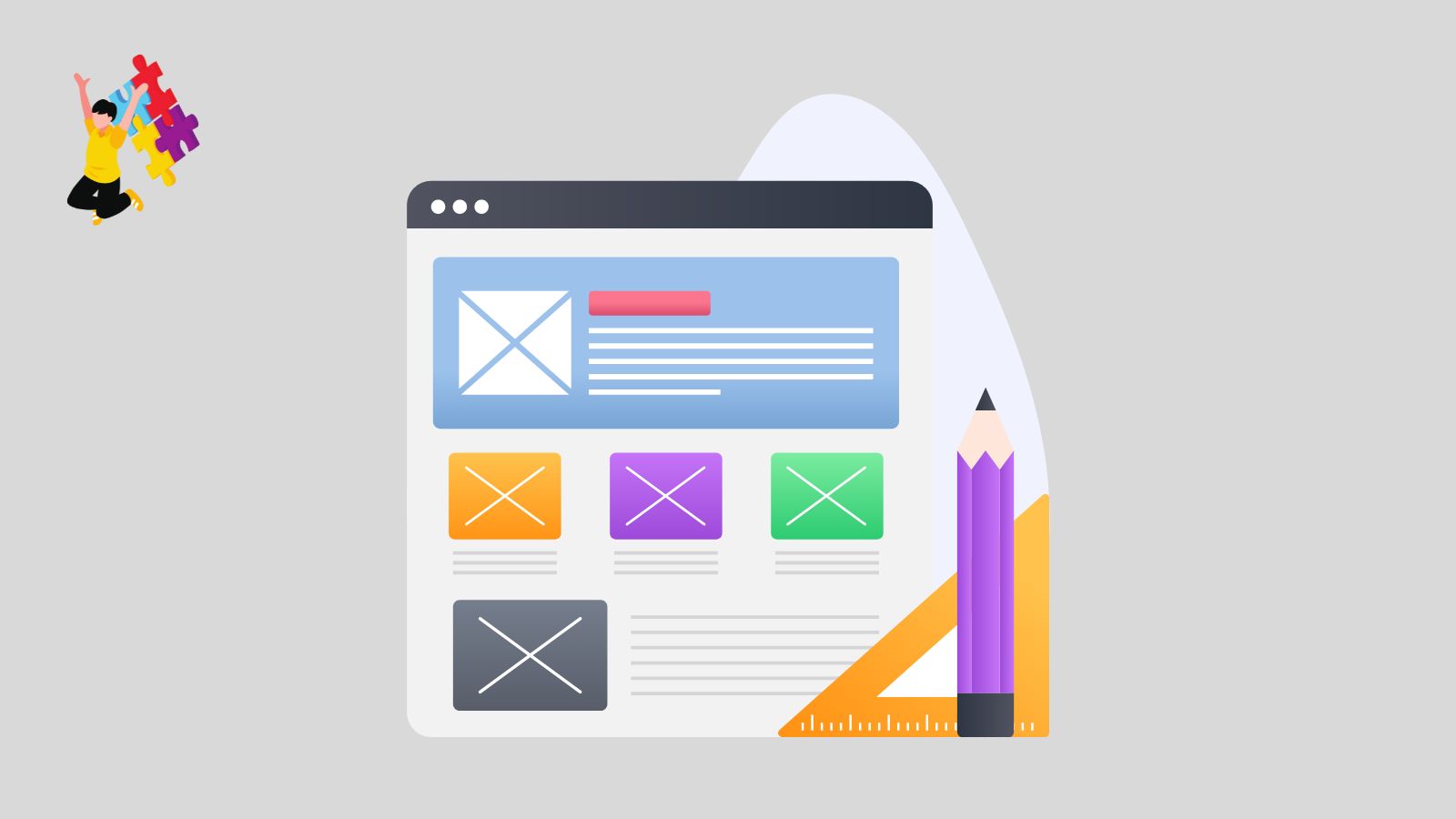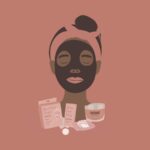Because there are so many blogs on the internet, it can prove very challenging to have your own standout among them, especially if you’re new to blogging. You can employ many tips and tricks to boost yourself in terms of uniqueness, but some of these tips and tricks are not so obvious.
To help you get the ball rolling, we’ve compiled a list of some of the best ways to customize and personalize your blog to make it among the best out there.
Pick a Theme
A theme is arguably the most crucial aspect of any blog because it’s one of the core ways to bring out your personality. Picking out the best theme for your blog requires a good deal of time and careful consideration, as you don’t want to simply pick the first thing that comes to mind.
However, we can’t go too in-depth here because of how much goes into this particular process.
Still, the most important part is ensuring it aligns with whatever niche you’ve chosen to go with for your blog. If the niche and the theme don’t match, you’ll have two of the most significant elements of your blog at odds with each other, which is something you don’t ever want.
Incorporate Photos Into Your Written Content
Utilizing photos is a great way to bring some uniqueness to your blog, and if you’ve looked around at other successful blogs, you’ve likely seen them making use of a wide variety of photos.
You don’t have to go too crazy if you aren’t a huge fan of photos, but if your blog primarily consists of written content, images can make it easier on the eyes.
Scrolling through a wall of text without anything in between is one way readers can get tired out quickly, especially if it’s a particularly long piece of written content. Even inserting a single image into the middle portion of the text will create an entirely different reading experience, so don’t underestimate how images can help your written content.
Stay True To Your Voice
Staying true to your voice helps build a specific tone in your blog that recurring readers will come to recognize in your content. It also enables you to stand out from the competition, as everybody has a unique voice. Developing it will serve you very well in the long run, so don’t take the easy route of trying to copy the voice of some popular blogger that you like.
While it’s not bad to take cues from bloggers who have more experience than you, it can get counterproductive if you do it too much. You want to emphasize bringing something new to the table in every area of your blog, including your voice. Otherwise, you risk becoming another new blogger who doesn’t have a whole lot that separates them from others.
Brand
Your brand is what gives you your identity in the blog world. It’s what your blog is all about, and it’s the image that your readers will associate with you and your content most often. Your brand should naturally emulate the type of content you post and the overall goal of your blog, so developing it is a natural process.
Once you have an idea of what your brand is, there’s always going to be room to improve upon it, but you should make an effort to keep it focused on a specific area first. That way, you can solidify your brand in the eyes of your audience as much as possible. After doing that, you can start exploring expanding your brand to other areas.
Color
Picking colors is similar to picking out a theme, except colors are more flexible. They don’t depend on your niche as much as your theme does, so the only thing you have to worry about is picking colors that set a particular mood. Whether you choose to go with dark, bright, hard, or soft colors, there’s a great variety to choose from.
And unlike certain other aspects of a blog, colors are much easier to play around with. You can tweak them whenever you feel like testing out a new look, which is a level of customization that you don’t have with something more solidified like your brand. So, give your first color scheme a good amount of thought, but don’t feel restricted when tweaking it in the future.
Taglines
A tagline serves to inform new readers of what they can expect from your blog and whether it’s the right place for them to be or not. Your blog may not necessarily need a tagline to entice readers, but it certainly helps if you can come up with one that’s short, to the point, and captivating. Think of it like an opening statement you use to hook your reader.
People have naturally short attention spans, so you can’t afford to beat around the bush when telling them what your blog offers and why they should care.
Profile Page/Bio
A bio is different from a tagline in that it’s generally considerably longer and focuses more on you as a person as opposed to your blog. Here, you can talk a bit about your background, interests, goals, and other general talking points that most bios tend to have in them.
The most important thing to remember is that this is the area in which you can put your personality on display the most, so aim to come across as authentically as possible. The more you open up about who you are as an individual, the greater the chance of your readers becoming invested in your work.
Sidebar
Sidebars are a fantastic addition to any blog if you know how to incorporate one correctly. The worst thing you can do with a sidebar is fill it up with all your social media links, ad pop-ups, search functions, settings, and other stuff that can appear very messy. Instead of doing that, only put the most pertinent things in your sidebar. Stuff that you think your readers will use.
Don’t force the issue either. Suppose you can’t think of things to include in a sidebar that will improve the user experience for people visiting your site. In that case, you might not need a sidebar at all. It isn’t one of those features that’s a must-have for every blog, so ensure you consider the need for it in your blog before implementing it.
Widgets
If the platform you’re using to create your blog supports it, you can add an “About Me” widget to your sidebar. This will keep your profile one click away at practically all times, rather than having it located somewhere out of the way like at the bottom of each page you publish.
You can also add other types of widgets to fulfill a similar purpose of improving the user experience, so it’s worth looking into the various popular widgets among bloggers. You likely won’t use most of the ones you find, but there are at least some you’ll find helpful enough to personalize your blog.
Contact Information/Social Media Links
Contact information and social media links are things that you absolutely must include on your blog if you want to grow your audience. Networking and making new connections is the fastest and most effective way for you to become more well known as a blogger and being active on as many social media sites as you can is a fantastic way to grow your brand.
And while you should customize your blog with social media links where possible, you should also have links to your blog on your social media profiles. That will direct more traffic to your blog, which is one of the primary things you’ll want to focus on when starting as a new blogger.
Plugins
Plugins can sound like complicated tools that you have to possess a large amount of coding knowledge to utilize, but the truth is that there are hundreds of free plugins you can use from third-party developers.
Incorporating them is also much more accessible nowadays because many content management systems like WordPress are capable of adding plugins incredibly quickly.
The most significant hurdle you’ll have to overcome with plugins is figuring out which ones you want to use. Similar to widgets, there are countless plugins on the internet that you can add to your blog, so you’re bound to find a few that can improve the quality of your site as a whole.
Categorize Posts
Another tip you can use to improve the user experience further is categorizing all your posts. You can do this by making specific categories for different types of content and adding tags to each post you make. Blogs without categorized posts tend to have much more cluttered layouts. Even if they contain quality content, it’s much more difficult to find that quality content.
It may not seem like a huge deal, but the ease with which a user can navigate your blog plays a role in how much time they will spend on it and how often they will return. You should customize your blog to make it easy to navigate in all areas, and by doing that, you’ll have a much higher chance of retaining your audience if your content is also of high quality and engaging.
Featured Images For Each Post
Having featured images for each of your posts is never a bad idea because they help give readers a sense of the post. While titles are the primary tool you’ll use to convey the content of a post, putting an image alongside it simply looks more professional. That’s why you’ll typically see that articles published in newspapers also have feature images.
Featured images are also just one more quality way to engage your audience with your content. It’s a perfect way to customize your blog posts further, and it has become a bit of a staple in the blogging world. You don’t need a professional photographer either. There are plenty of websites with stock photos that are free to use, so check those out to see what you can find.
Change Your Font
Changing up your font is a simple yet effective way to make your blog stand out from the crowd. Along with theme and colors, the font of your text plays the next most important role in terms of visual interaction with your audience. You don’t want to have your font be large to the point where it’s obnoxious, nor do you want it to be too small to read with ease.
Finding a balance here is the key, but generally speaking, larger font is okay for headers, and your standard 12pt font is good for the text of your posts. If the platform you use for your blog has the feature, you can play around with the spacing of your font to further customize the look.
What To Do Next
Now that you know some of the best ways to get your blog off to a strong start regarding personalization and customization, the next step is picking out methods to pursue. Don’t feel pressured to use every method covered in this guide, especially not immediately.
Building a blog is a lengthy endeavor involving many steps that require patience and careful consideration to get through, meaning that one of the worst things you can do is rush the process. Try out whatever methods above sound most exciting or practical to you, and give each of the ones you pick a good amount of your time and attention.
It’s not easy to understand most of these elements that affect a blog, and it’s even more difficult to nail them on your first attempt. It’ll likely take you a bit of trial and error to start reaping the rewards from many of these tips and tricks, so don’t become discouraged if you don’t see the results you desire initially.
Work with one method at a time, get it to a point you are satisfied with in terms of benefiting your blog, and then move on to the next. By doing this, you’ll have yourself a well-functioning blog before you know it!



